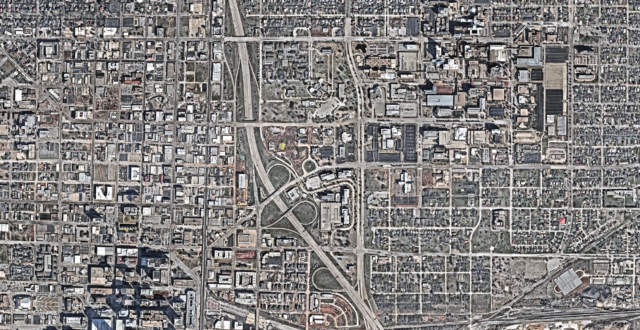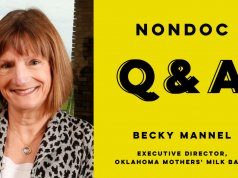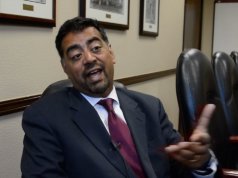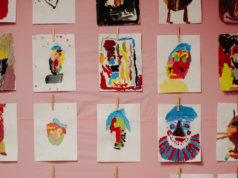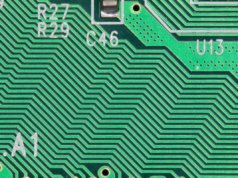A report on Oklahoma City’s Innovation District released Tuesday by the Brookings Institute and Project for Public Spaces presents a doable vision the for northeast OKC effort. (Full report available here.)
The authors conclude:
Oklahoma City is poised to organize itself to be a fierce competitor in the innovation economy and to build a stronger regional economy as a result— if it has the vision and will to do so.
It also advises:
Most importantly, this entity requires a strong innovation team (or at minimum a high-level leader) that sits between institutions and can catalyze a shared vision.
The think tank declares, “Collaboration is key.”
Agreed. We must work together to address the historical challenges that have plagued the area between downtown and the OU Health Science Center as well as build on our strengths. In doing so, OKC could create neighborhood hubs that are launchpads for the 21st century.
Overcoming legacy problems through placemaking
Not surprisingly, the Brookings report identifies two longstanding problems: the “district’s car-centric physical layout and lack of gathering spaces.” It diplomatically describes the legacy of our original sin — racial segregation — and how “low-income residents of neighboring communities remain largely disconnected from employment within the district.”
Today’s solution is known as placemaking, which is a fancy word for creating an atmosphere of neighborliness and community. It would fulfill northeast residents’ desire for a vibrant environment for community building, education and festivities.
Four recommendations from Brookings
Authors of the Brookings report make four recommendations for turning the area into an economic powerhouse:
- Establish an Oklahoma Center for Energy and Health Collaboration. OUHSC is one of the nation’s few academic medical campuses that houses a comprehensive set of medical schools, from dentistry to public health to pharmaceutical development. This creates “unprecedented opportunity to link clinical care and research to support commercial activity.” For instance, the area has received almost $25 million of federal NIH grants for collaborative research.
- Implement a technology-based economic development and entrepreneurship effort within the innovation district. It would “serve as a conduit between market-oriented entities that works with entrepreneurs and researchers.” It would include “an innovation district seed fund and tailored accelerator [which] would go a long way toward helping research entrepreneurs access early-stage capital for prototyping and market testing.”
- Create a denser, more active, and better-connected mixed-use urban environment in and around the innovation district. OKC should “implement new placemaking efforts such as lectures, networking activities, food events and festivals, outdoor performances, recreational activities, health fairs, and opportunities for outdoor play. It must also “strengthen connections between the Health Center and Automobile Alley.
- Form a standing committee on diversity and inclusion to focus on education, workforce development, entrepreneurship and placemaking/neighborhood development. Co-author Jennifer Vey suggests that “a local CareerTech work with the area’s employers in creating a ‘job pipeline’ for residents in the surrounding neighborhoods that are economically challenged.”
Meaningful placemaking requires diverse input
Another Brookings Institute report, Hospitals and Schools as Hubs for Building Healthy Communities, should inform and inspire our local conversation. The community-medicine movement could combine with full-service community schools to create places that nurture dynamic and creative cultures. These places could foster the socio-economic integration that we now seek and bring generations together to share perspectives. Such an environment would lay the foundation for meaningful and creative teaching and learning.
And that brings us to the conversations that must include the entire community. It wouldn’t be hard for us to merely copy the discrete components of innovation districts in Boston and Austin. It would be easy to make more bike paths to link affluent medical school residents to Automobile Alley and encourage high-dollar coffee shops and eateries.
To create a meaningful and successful place for innovation and sharing, however, we must wholeheartedly welcome all stakeholders into the neighborhood.
Similarly, OKC could mimic urban areas across the nation and invest in a high-performing charter or magnet school offering a challenging science, technology, engineering, arts and math (STEAM) program.
To really demonstrate to global investors that OKC is innovative, however, we should create a traditional neighborhood school where poor children of color master a meaningful curriculum. We would thus create a homegrown pipeline for economic advancement of children who have long been left behind.








